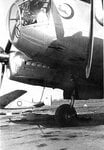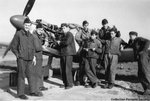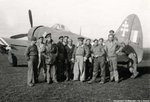ivanotter
Airman 1st Class
Thanks. Never knew the French used so much different kit, especially all the Japanese stuff. All of it looks (sorry to say) a bit worn and badly maintained, though.
There is a PhD sitting and waiting there, I think.
There is a PhD sitting and waiting there, I think.












































